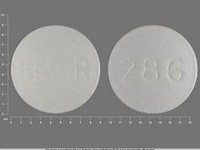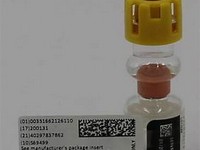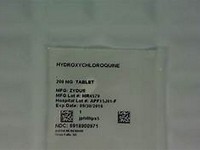dipyridamole1

dipyridamole
CLINICAL USE
Antiplatelet agentDOSE IN NORMAL RENAL FUNCTION
100–200 mg 3 times dailyModified release: 200 mg twice dailyPHARMACOKINETICS
DOSE IN RENAL IMPAIRMENT
GFR (mL/MIN)
DOSE IN PATIENTS UNDERGOING RENAL REPLACEMENT THERAPIES
IMPORTANT DRUG INTERACTIONS
Potentially hazardous interactions with other drugsAnti-arrhythmics: effects of adenosine enhanced and extendedAnticoagulants: anticoagulant effect of coumarins, phenindione and heparin enhancedADMINISTRATION
Reconstition
–Route
OralRate of Administration
–Comments
–.
See how to identify renal failure stages according to GFR calculation
See how to diagnose irreversible renal disease
Home








